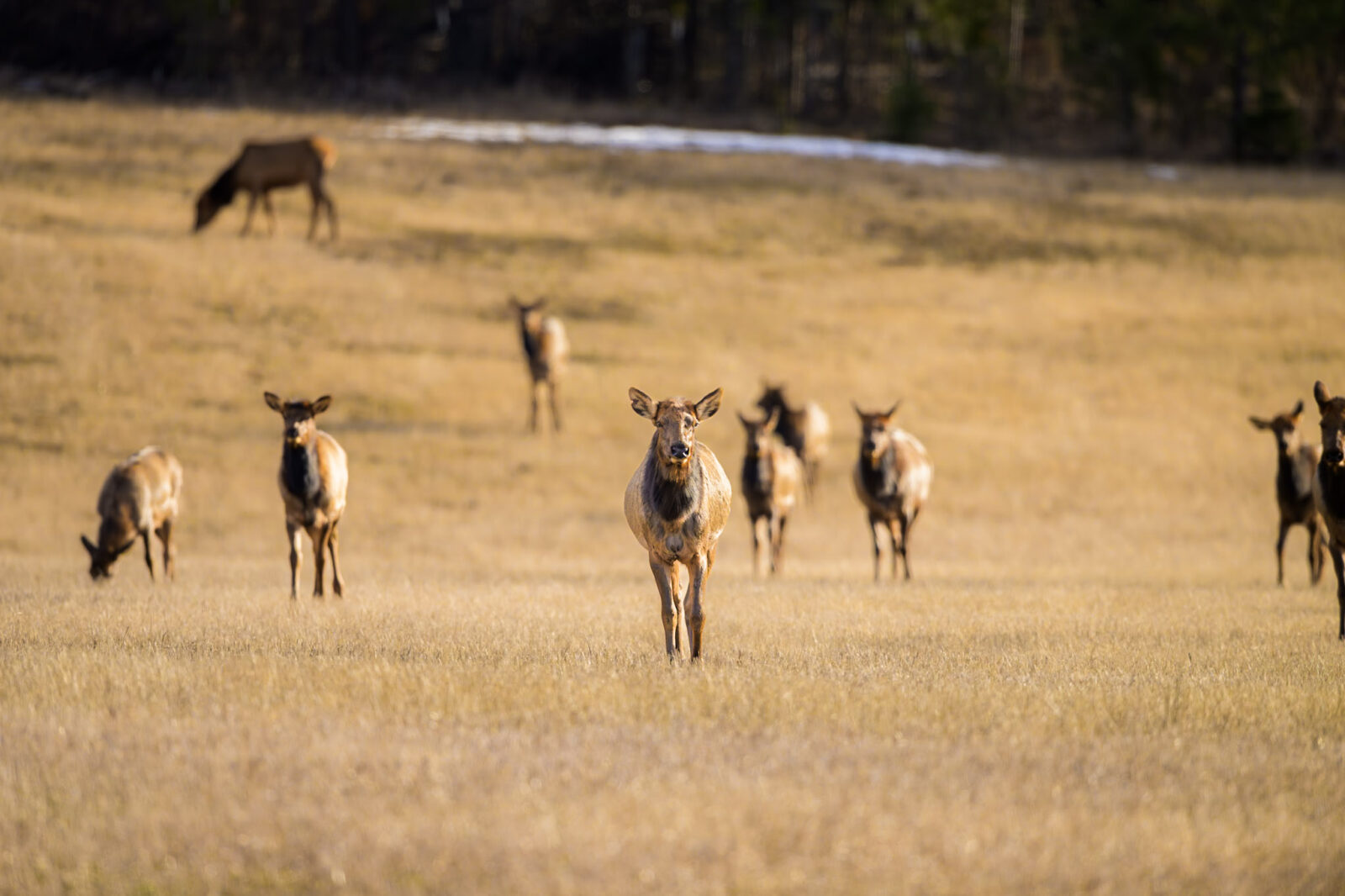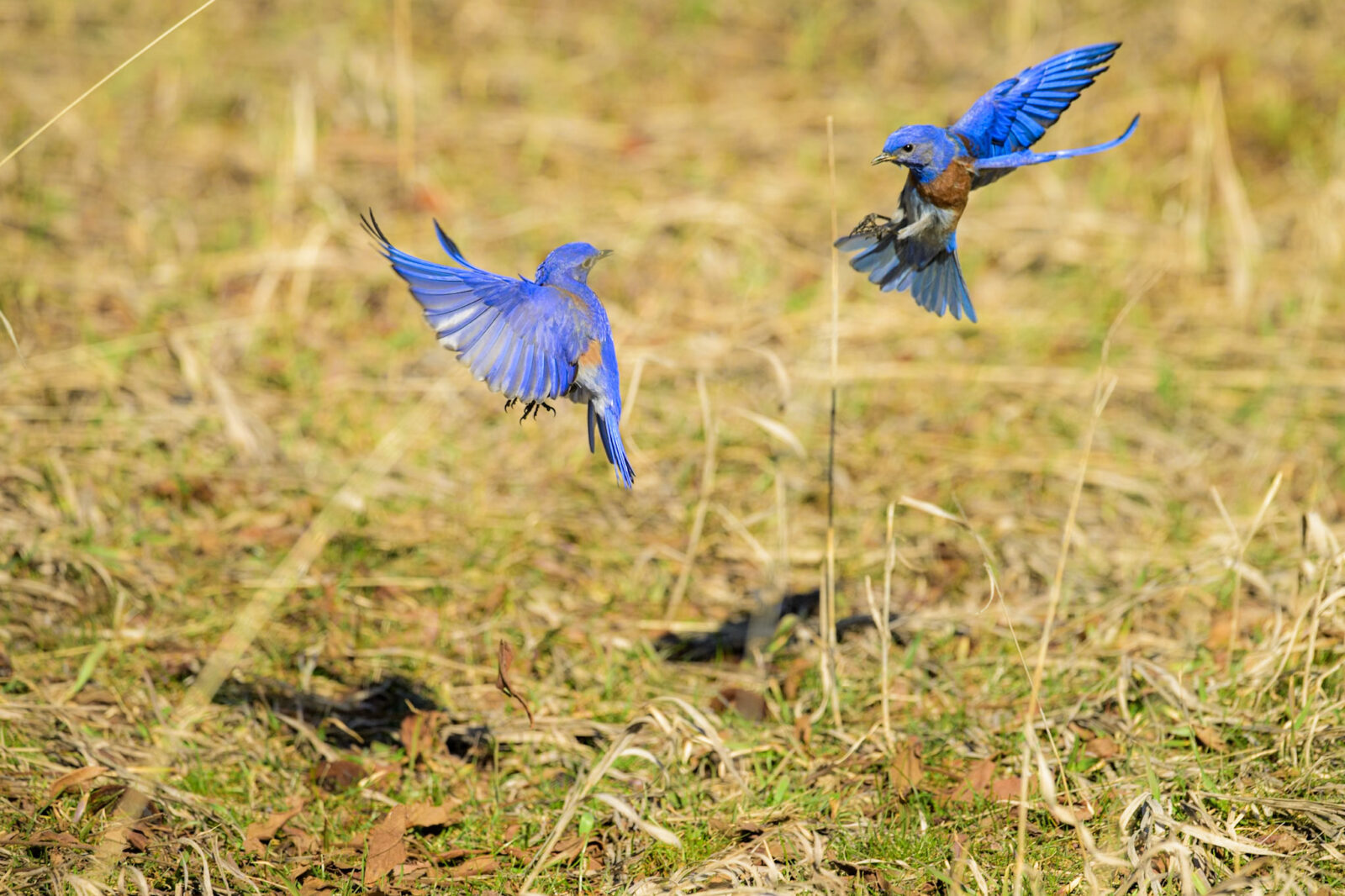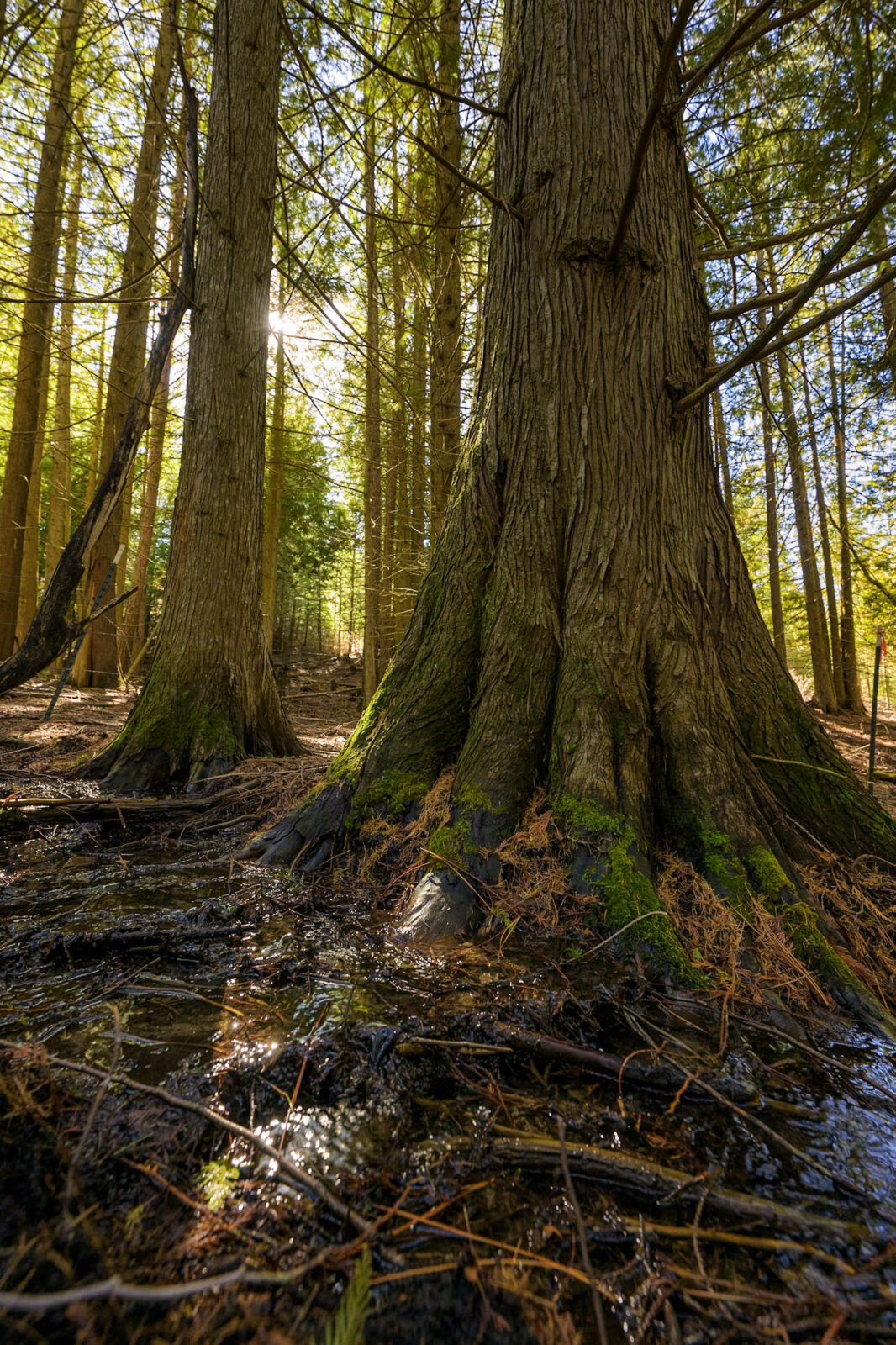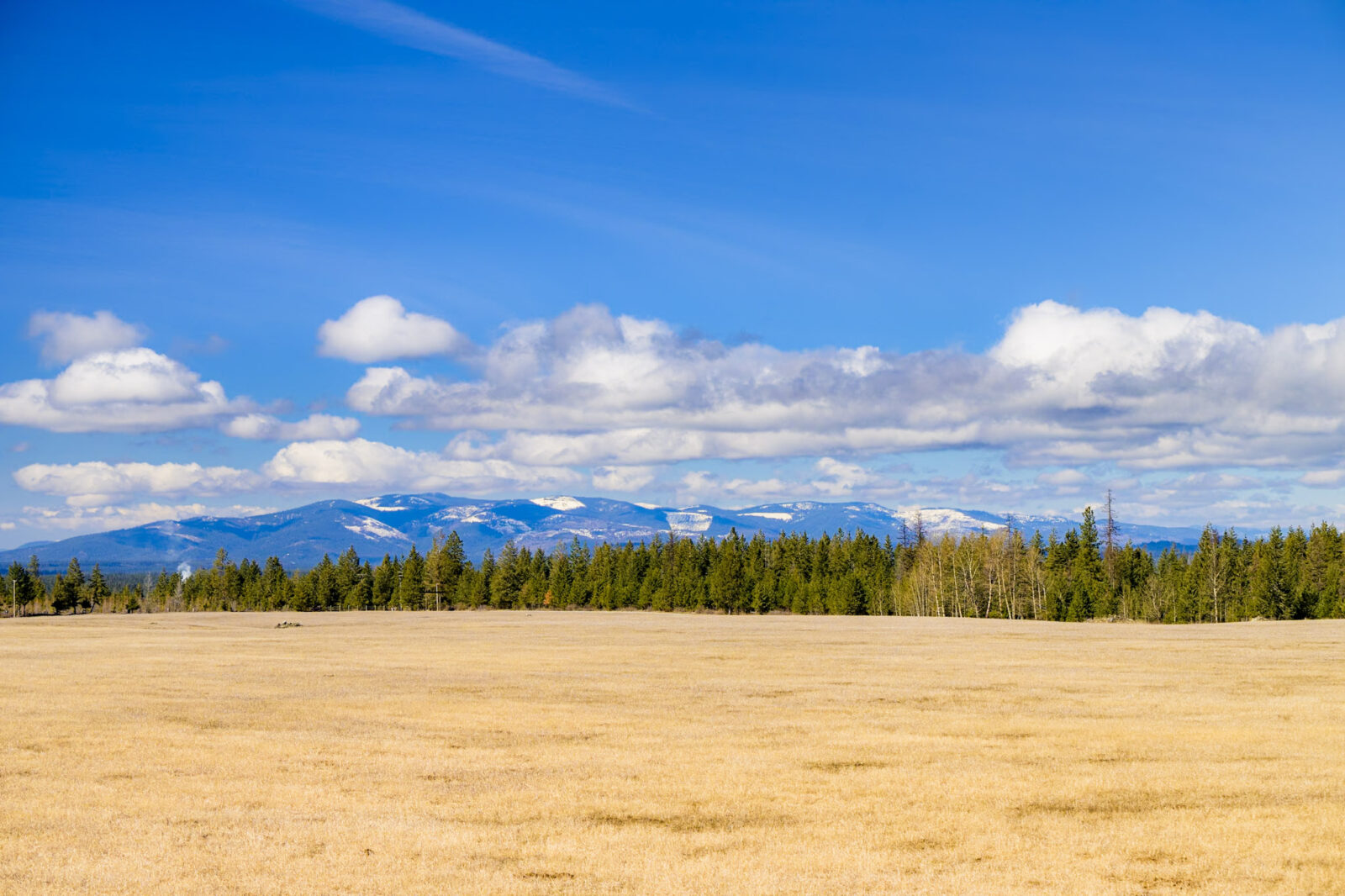By Caroline Woodwell, Conservancy Volunteer
Photos by Lorenzo Menendez
When Bob and Cindy Oswald moved 20 miles north from Hayden to the base of Bernard Peak in 1995, they knew they were moving to a beautiful piece of Kootenai County, Idaho. Their new place had everything: farmland, a mix of forest types, and a panoramic view of Mount Spokane and the Valley, including elk, deer, and moose that roam the land.

What they didn’t know then is that 30 years later they would join with the Conservancy to protect their new home. In December of 2023, the Oswald Family placed a conservation easement that allows development of one more lot on their 117-acre parcel. The remaining land will be undeveloped for all of time.

Westwind, as the Oswald’s call their land, is just one mile from Buttonhook Bay at the south end of Lake Pend Oreille. It’s adjacent to working timberlands and National Forests, making the parcel part of continuous habitat for several species on the list of threatened or endangered species. A stream across the property disappears underground to recharge the Spokane-Rathdrum aquifer, and a mix of grasses, shrubs and towering trees provide a varied landscape for wildlife.
Todd Dunfield, Public Lands Protection Specialist at the Conservancy, notes that the property is one of the last hundred-acre parcels of private land before the national forest. There’s a place along the county road, he says, where people stop to watch herds of elk “feeding in the field, backlit by the forest and mountains. It’s got that captivating beauty; the kind of beauty people drive to—to sit and be gob-smacked by nature.”
Cindy was a magazine journalist and then a social worker in Spokane and Coeur d’ Alene. She was drawn to work with youth who were in Juvenile Detention and also taught life skills to youth who were leaving foster care. Cindy was also a 4H Horse leader for 15 years. With the density of housing in Hayden, this beautiful land became a place to ride and raise horses. For years she and Bob grew their own hay, until the elk were eating more than they could harvest for the horses. Now they enjoy the herd of elk, the deer, the moose, and occasionally, a lynx.

Bob, who is President of LA Aluminum in Hayden, appreciates the changes in the landscape over time including burned stumps still left after the fire of 1912, the mix of wildlife over the years, and the blend of small shrub vegetation and mature trees. Not long ago, Bob says, they got a personal-looking letter in the mail, that offered to buy their property. They realized that they could become part of the new development filling the Rathdrum Prairie and the Route 95 corridor, or they could protect their land.
The new easement protects habitat for threatened and endangered species such as the Yellow-billed Cuckoo, Spalding’s Catchfly, and Canada Lynx. It permits light recreation horseback riding, farming, ranching, and forest management activities. Like most easements, it also protects the property by limiting development to preserve the land’s conservation values.

Mindful of the global threats to land and wildlife, Bob and Cindy recognize the role of local restoration. For example, says Cindy, globally, the world is losing bees. So, they are planting native Idaho plants and growing a landscape for bees, butterflies, and hummingbirds. The creek is lined with Cottonwood, and in the upland, they are planting native Ponderosa Pines.“We need to preserve this land,” says Cindy. “We’re here for only so many years of our own life, and we need to leave a legacy.”
With this easement, Cindy and Bob become part of a legacy themselves. In 2007, Phyllis Mott of Cocolalla, Idaho, donated a conservation easement on her 52 acres at Lake Cocolalla. Like the Oswald’s land, Phyllis’ property is forested, with extensive wetlands and a cedar grove. Although Phyllis did not live to see the Oswald’s sign their easement, she would have been proud of her daughter, Cindy Oswald. Making these two easements, made nearly 20 years apart, the first mother-daughter easements at the Conservancy.
*Full story from the Conservancy’s Spring 2024 Newsletter excerpt